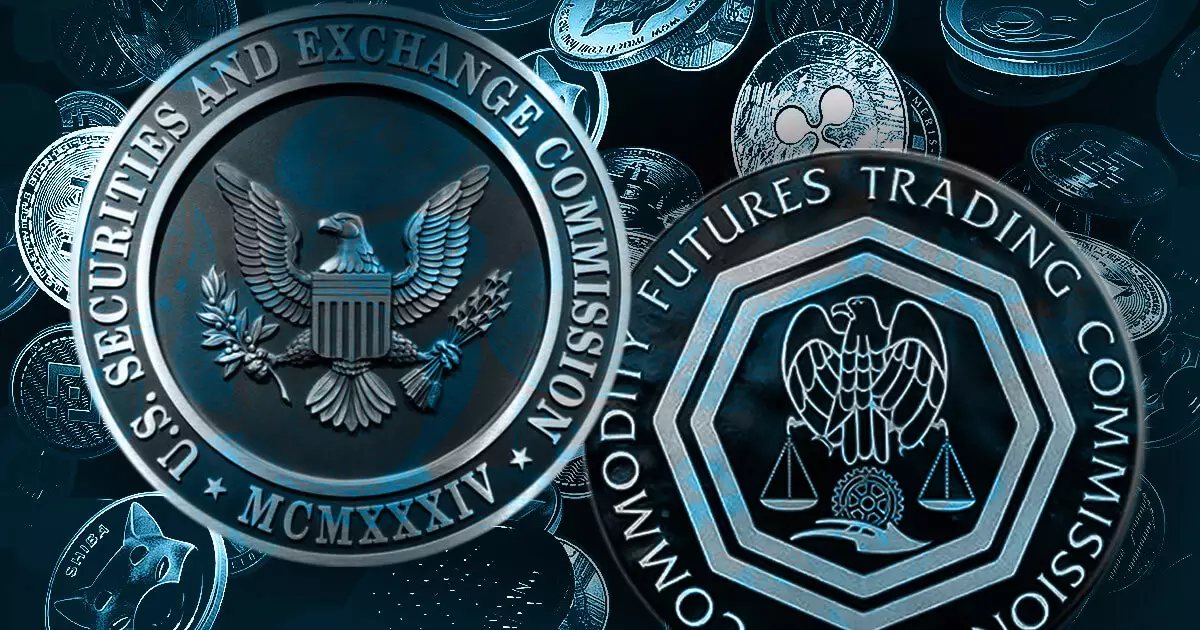In an evolving financial landscape, the U.S. Securities and Exchange Commission (SEC) and the Commodity Futures Trading Commission (CFTC) are reportedly considering a collaborative approach to digital asset regulation. This initiative, as highlighted by Fox Business Journalist Eleanor Terret on February 13, signals a notable shift in regulatory strategies toward cryptocurrencies and related financial instruments. By potentially reviving the once-inactive CFTC-SEC Joint Advisory Committee (JAC), established in 2010, the two agencies might reinforce their commitment to tackling the complexities of this burgeoning sector.
Initially founded to address shared regulatory challenges between the SEC and CFTC, the JAC aimed to streamline oversight and identify emerging risks in the financial markets. The committee became dormant in 2014 following transitions in leadership within both agencies. Its foundational goal was to enhance communication and collaboration, ensuring that regulatory measures were well-coordinated and comprehensive. The revival of the JAC could prove beneficial in harmonizing efforts in regulating digital assets, particularly as both regulatory bodies grapple with their respective jurisdictions over these innovative financial products.
The push for the JAC’s reinstatement appears to stem from CFTC’s acting chair, Caroline Pham. Her emphasis on collaboration underscores a broader recognition that effective regulation of the crypto market demands collective oversight from both agencies. A renewed JAC could potentially clarify overlapping jurisdictions, particularly in instances where digital assets may be classified under both SEC and CFTC rules. Such clarity is essential for market participants who require a regulatory environment that mitigates uncertainty.
The recent trajectory of both agencies suggests a pivot towards constructive dialogue and framework development rather than a strictly enforcement-driven approach. The CFTC has initiated a pilot program focused on exploring the use of tokenized non-cash collateral, including stablecoins, in derivatives markets, indicating an openness to innovation within regulatory confines. This move represents a proactive step toward integrating digital currencies into existing legal structures.
On the SEC’s side, the leadership under Commissioner Mark Uyeda has signaled a departure from aggressive enforcement strategies that characterized previous initiatives under former chair Gary Gensler. Inviting industry stakeholders to engage in discussions around crypto regulation signifies a conscious effort to reconcile regulatory expectations with the evolving needs of the market. Furthermore, the establishment of a dedicated Crypto Task Force led by Commissioner Hester Peirce emphasizes the necessity for precise, stable guidelines that foster growth while maintaining market integrity.
As both the SEC and CFTC navigate the complexities of digital asset regulation, the potential reinstatement of the JAC represents a step toward a more cohesive and effective regulatory framework. By fostering an environment of collaboration, these agencies can enhance their responses to the challenges posed by cryptocurrencies. Such efforts are crucial for encouraging innovation while protecting investors, aiming to strike a delicate balance that supports economic development without compromising market integrity. The future of digital asset regulation hinges on the efficacy of this joint effort, marking a pivotal moment in American financial oversight.

